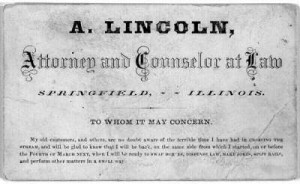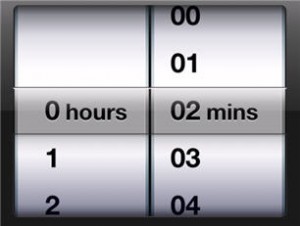For many attorneys and law firms, newsletters bring in a lot of business. If you don’t have a newsletter, here are ten reasons you should:
- To get more business from current clients. A newsletter is an effective way to let clients know about your other services and show them how they can benefit from those services, without being “salesy”.
- To get repeat business from former clients. People who hired you once will hire you again–when they’re ready.
 AÂ newsletter is a great way to stay in touch with them until they are.
AÂ newsletter is a great way to stay in touch with them until they are. - To add value to your services. A newsletter can provide an added benefit for clients. Give clients “subscriptions”. Put a price tag on the newsletter but send it free to current clients.
- To educate prospects. A newsletter that provides prospective clients with valuable information helps them make better decisions, allows you to demonstrate your expertise, and provides a mechanism for staying in touch with them until they are ready to hire you.
- To generate word-of-mouth referrals. Newsletters have pass-along value. A good newsletter will be shared with an average of three other people, even more online.
- To build your contact list. You can offer visitors to your web site a subscription to your newsletter in return for providing their email (and other contact information). When speaking or networking, you can offer to send your newsletter to people who provide you with their business card.
- To establish expertise and credibility. Your writing helps prospects, publishers, reporters, meeting planners, and referral sources see you as the expert you are.
- To provide content for, and traffic to, your web site. Your newsletter can drive traffic to your web site or blog. Your newsletter content can be re-used as content on your web site or blog, generating additional traffic from search engines and social media.
- To shorten the sales process. People who respond to your newsletter are better informed about what you do and pre-sold on your ability to do it, in contrast to people who come to you via advertising.
- To serve as a networking tool. Your newsletter is a tool to reach out to other professionals. You can interview them for an article, conduct a survey, ask them to write an article, or ask permission to put them on your mailing list.
A newsletter requires an investment of time, and possibly some capital, but the return on that investment can be substantial. If you want to grow your practice, a newsletter is one of the most highly leveraged marketing activities you can do.











